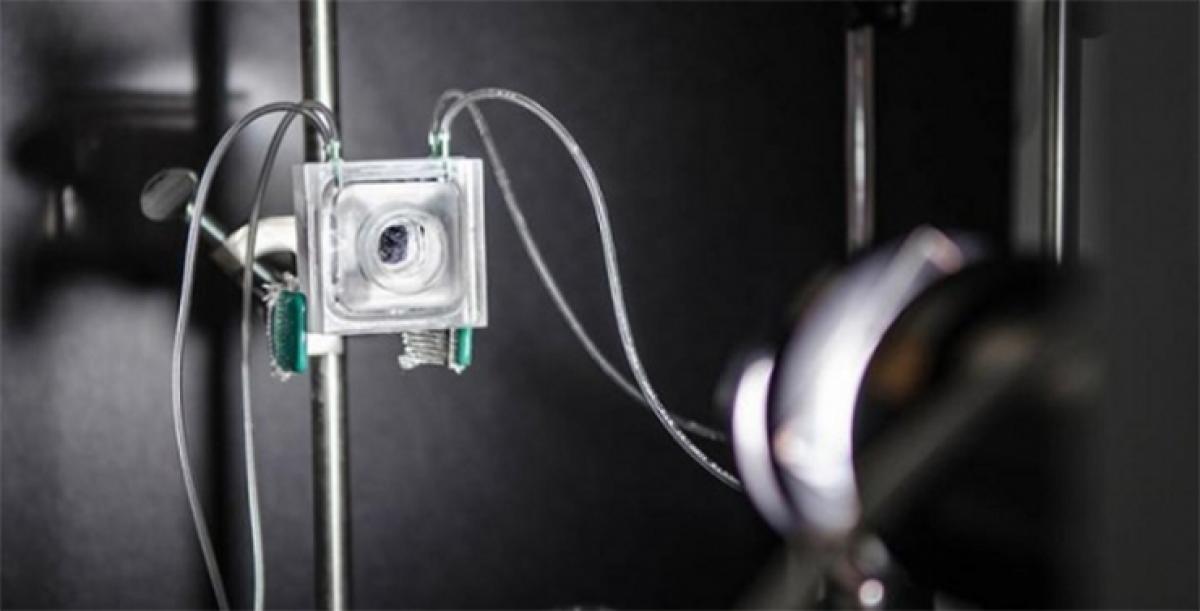Live
- Cash, liquor, drugs valued at Rs 321 crore confiscated in Punjab
- Gunfight breaks out in J&K's Sopore
- BJP aims to improve tally, Congress plays Vokkaliga card as 14 seats in K'taka go to polls on Friday
- IPL 2024: Have to be prepared for the KKR challenge, says PBKS spin bowling coach Sunil Joshi
- Advocate Dehadrai withdraws defamation suit against Mahua Moitra in Delhi HC
- Man thrashed, thrown off 8th floor of NDMC building in Delhi; 2 held for murder
- Punjab CM Maryam Nawaz reviews police passing out parade in uniform
- RBI issues alert against prepaid payment instruments by illegal entities
- Hackers attacked Indian firms on average 2,444 times per week in last 6 months: Report
- US election outcome not to change direction of South Korea-US alliance: Seoul envoy





.jpg)




